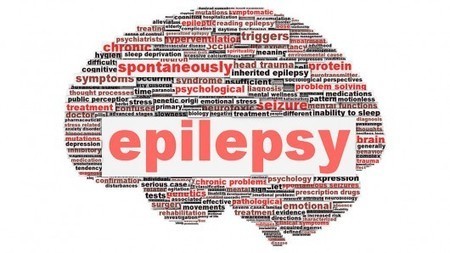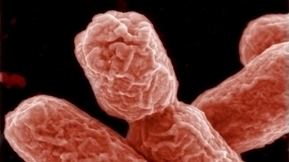UCSF scientists controlled seizures in epileptic mice with a one-time transplantation of medial ganglionic eminence (MGE) cells, which inhibit signaling in overactive nerve circuits, into the hippocampus, a brain region associated with seizures, as well as with learning and memory. Other researchers had previously used different cell types in rodent cell transplantation experiments and failed to stop seizures.
Cell therapy has become an active focus of epilepsy research, in part because current medications, even when effective, only control symptoms and not underlying causes of the disease, according to Scott C. Baraban, PhD, who holds the William K. Bowes Jr. Endowed Chair in Neuroscience Research at UCSF and led the new study. In many types of epilepsy, he said, current drugs have no therapeutic value at all.
"Our results are an encouraging step toward using inhibitory neurons for cell transplantation in adults with severe forms of epilepsy," Baraban said. "This procedure offers the possibility of controlling seizures and rescuing cognitive deficits in these patients."
In the UCSF study, the transplanted inhibitory cells quenched this synchronous, nerve-signaling firestorm, eliminating seizures in half of the treated mice and dramatically reducing the number of spontaneous seizures in the rest. Robert Hunt, PhD, a postdoctoral fellow in the Baraban lab, guided many of the key experiments.
he mouse model of disease that Baraban's lab team worked with is meant to resemble a severe and typically drug-resistant form of human epilepsy called mesial temporal lobe epilepsy, in which seizures are thought to arise in the hippocampus. In contrast to transplants into the hippocampus, transplants into the amygdala, a brain region involved in memory and emotion, failed to halt seizure activity in this same mouse model, the researcher found.
Temporal lobe epilepsy often develops in adolescence, in some cases long after a seizure episode triggered during early childhood by a high fever. A similar condition in mice can be induced with a chemical exposure, and in addition to seizures, this mouse model shares other pathological features with the human condition, such as loss of cells in the hippocampus, behavioral alterations and impaired problem solving.
Via
Dr. Stefan Gruenwald



 Your new post is loading...
Your new post is loading...









